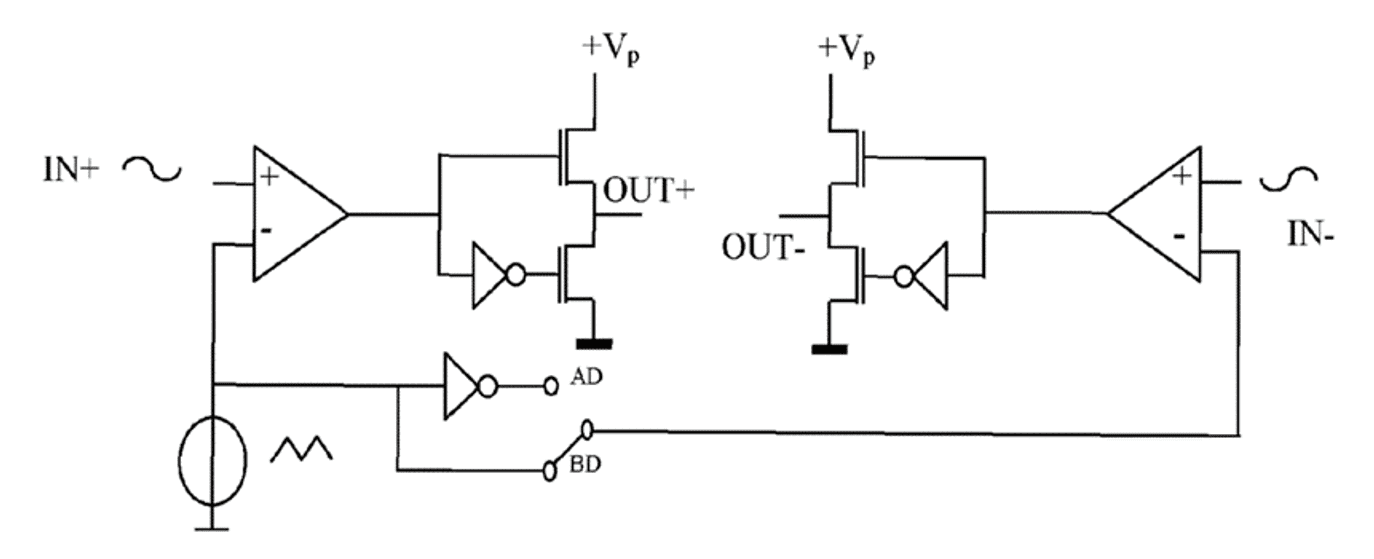The most common objections we see when prosecuting patent applications relating to electronic systems and circuits are that the claimed invention lacks novelty or lacks inventive step over the prior art. When we looked at the decisions of the EPO’s Technical Boards of Appeal for applications in the “Basic Electronic Circuitry” International Patent Classification H03, we found that 72% of decisions involved a question of novelty, inventive step or both.
This is not surprising; since the development of the first working transistor by Bell Laboratories in 1947, electronics technology has advanced at a rapid pace, and the number of patent applications in related fields has grown continually. We estimate that there are almost 9 million published patent documents in the most relevant IPC classifications, and that number is growing constantly.
With such a massive body of prior art, it is important that examination of a patent application for novelty and inventive step takes into account the most relevant prior art. However, because many different electronic circuits use arrangements of circuitry which, on paper, look similar, issues of accidental anticipation – where a circuit in a completely different field or application from the claimed invention destroys the novelty of the invention – can arise.
As an example, the humble H-bridge (a circuit comprising first and second pairs of switches coupled in parallel with each other, with a load coupled to respective nodes between the switches of the each pair of switches) can be used in a variety of different applications including switching amplifiers and DC-AC conversion.
In the circuit shown in Example A below, an H-bridge is being used as part of a Class D audio amplifier output stage:

Example A
To try to obtain patent protection for this circuit, we could write an independent claim as follows:
- Circuitry comprising:
- a first half bridge comprising: first and second switch devices coupled in series between a positive power supply; and a reference power supply; and an output node between the first and second switching devices; and
- a second half bridge comprising: third and fourth switch devices coupled in series between the positive power supply and the reference power supply; and an output node between the third and fourth switch devices,
- wherein the first and second half-bridges are each configured to receive an input signal and to generate an output signal, based on the received input signal, for a load coupled to their respective output nodes.
Clearly this broad claim covers the circuit of Example A.
The circuit of Example B below is from an earlier-published (i.e. prior art) patent application relating to a circuit for a high voltage DC-AC inverter. As can be seen, the circuit of Example B has all the features of independent claim 1.

Example B
However, the circuit of Example B is for a completely different application in a different technical field from the audio amplifier circuit of example A. This is an example of accidental anticipation, and amendment of the claim will be required to distinguish the invention for which protection is sought from the unrelated prior art, which will increase the cost and time taken to obtain a granted patent.
If we had drafted our independent claim to define the field or application to which the invention relates, we might have avoided this problem of accidental anticipation. Such a claim might read as follows:
- Class D amplifier output stage circuitry configured to generate a driver signal for driving an audio transducer, the class D amplifier output stage circuitry comprising:
- a first half bridge comprising: first and second switch devices coupled in series between a positive power supply; and a reference power supply; and an output node between the first and second switching devices; and
- a second half bridge comprising: third and fourth switch devices coupled in series between the positive power supply and the reference power supply; and an output node between the third and fourth switch devices,
- wherein the first and second half-bridges are each configured to receive an input signal and to generate an output signal, based on the received input signal, for a load coupled to their respective output nodes.
The DC-AC inverter circuit of Example B does not fall within the scope of this revised claim, because that circuit is not “Class D amplifier output stage circuitry configured to generate a driver signal for driving an audio transducer”, and so the problem of accidental anticipation of the claimed invention by the circuit of Examiner B does not arise.
Thus, as can be seen from this exaggerated example, simply by including a definition of the field or application of the invention in the independent claims, irrelevant prior art can be ruled out from the outset, allowing the applicant to concentrate their efforts and resources on addressing any objections that may be raised based on prior art that is relevant to the field or application of the invention.
This is for general information only and does not constitute legal advice. Should you require advice on this or any other topic then please contact hlk@hlk-ip.com or your usual Haseltine Lake Kempner advisor.